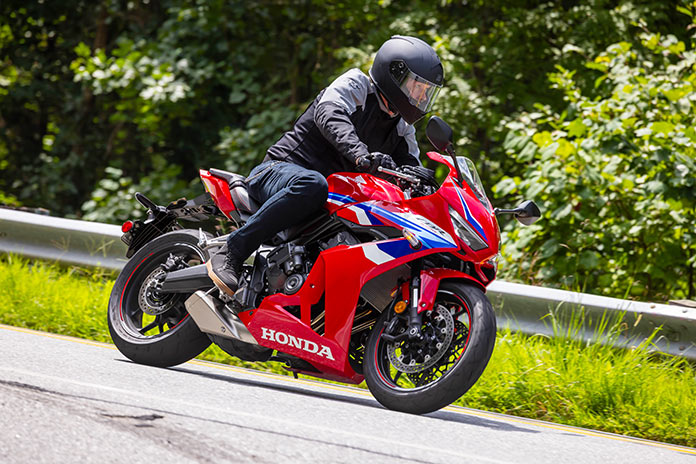
In the world of motorcycling, proper clutch engagement has long been a rite of passage. Learning this skill is the single most challenging aspect of riding for novice motorcyclists, and we can usually point to the friend, family member, or MSF instructor who taught us how to successfully operate a clutch.
Those early lessons come with countless stalls, but learning to ride will be easier with its new E-Clutch system on the 2024 Honda CB650R and CBR650R. Simply put, this innovative technology – not to be confused with Honda’s heavier and more expensive automatic Dual Clutch Transmission (DCT) – is a gamechanger. Proper clutch engagement is no longer a mandatory skill, since these motorcycles can now do it for you. But is that a good thing?

While testing the CB650R and CBR650R in Dahlonega, Georgia, I gave this question serious consideration. Both motorcycles have received some additional updates for 2024, which I will cover later in this review, but the E-Clutch system – standard equipment on both models – is the most newsworthy. For that reason, this review focuses on the E-Clutch, as I see this as a pivotal moment in the history of motorcycling. That may sound like a bold proclamation, but after testing and using the E-Clutch, I’m not only a convert, I’m an evangelist.
What is the Honda E-Clutch? | 2024 Honda CB650R and CBR650R E-Clutch Review
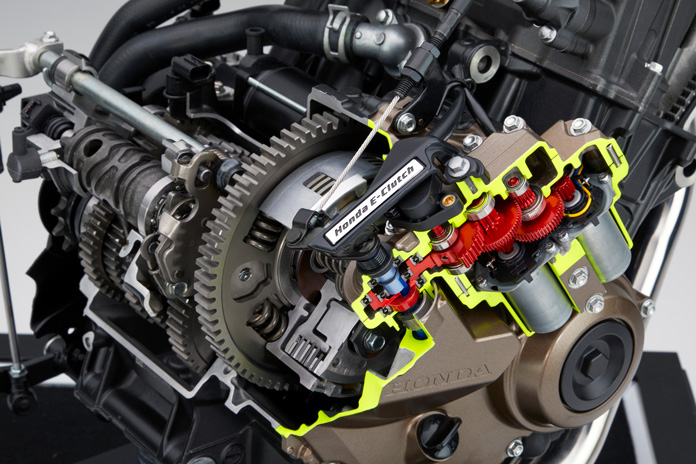
With a prominent presence on the right side of the CB650R and CBR650R’s inline 4-cylinder engine, the E-Clutch enables the rider to engage gears in the sequential 6-speed transmission without use of the clutch lever. For experienced riders, this is a strange feeling, and it requires some effort to override our clutch-lever muscle memory.
To get us acclimated to the E-Clutch, Honda brought us to the Atlanta Motorsports Park to run the bikes in a closed-course setting. To kick things off, the folks at Honda asked us to start the motorcycles in neutral and simply hold the left handgrip, then drop the bike into 1st. As a seasoned rider, I felt almost compelled to grab the clutch lever, but this is where the E-Clutch works its magic.
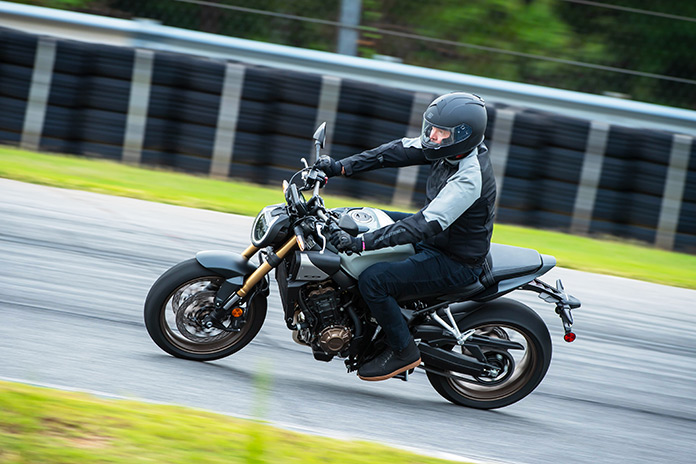
GEAR UP
- Helmet: Speed and Strength SS900
- Jacket: Speed and Strength Moment of Truth
- Gloves: Speed and Strength Moment of Truth
- Pants: Speed and Strength True Grit Jeans
- Boots: Speed and Strength United By Speed Shoes
The bike engages the clutch for the shift into 1st gear and holds it in while the bike is stationary. In fact, a gentle touch of the cable-actuated clutch lever at this point reveals very little resistance, as the bike has already engaged the clutch for you and will continue to do so until the rider rolls on the throttle. As the rider twists the throttle with the bike in 1st, the system smoothly releases the clutch to send power to the rear wheel. Once in motion, a shift up to 2nd requires no clutch lever engagement; a tap up on the shift lever makes the change in a similar fashion as a quickshifter.
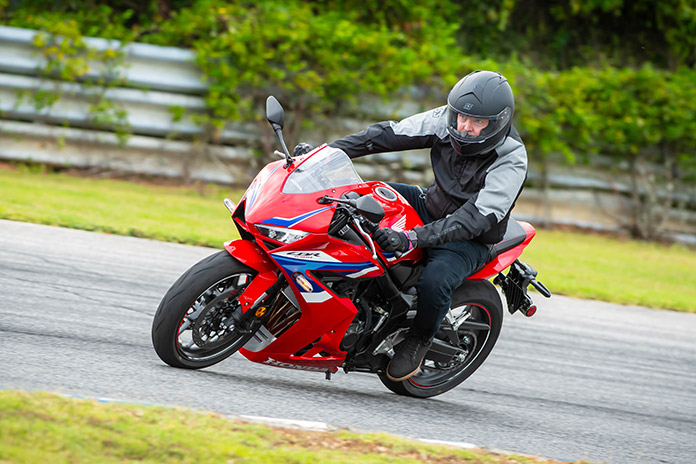
After riding around the paddock to become acclimated to the E-Clutch and running through several gears, it was time to take to the track. This is where the fun really began.
Once on the track, we had the chance to unleash the high-revving Hondas, which redline at 12,000 rpm, and thoroughly test the E-Clutch in all gears with some aggressive corner exits and downshifts on various parts of the circuit. In this environment, one begins to fully appreciate the sophistication of the E-Clutch system.
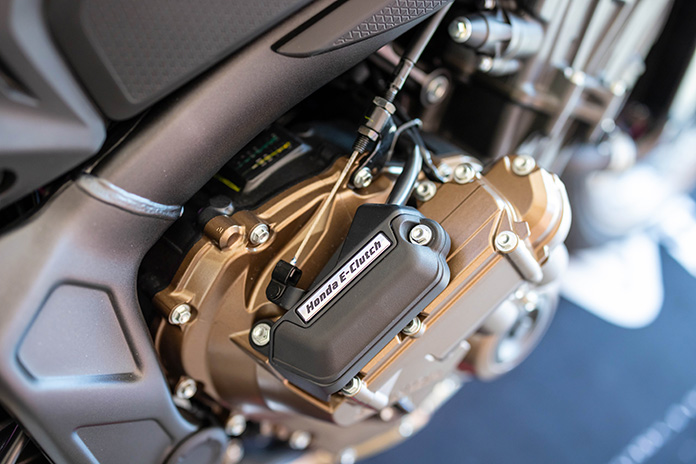
The E-Clutch adds only 4.5 lb to the transmission, and it is slim enough not to impede the ergonomics of either bike. The E-Clutch utilizes two motors connected to a Motor Control Unit, which takes feedback from the Engine Control Unit as it processes an array of data from sensors analyzing shift-lever load, gear position, throttle position, engine rpm, and wheel speeds, while also factoring in rotation angle of the clutch plates and information from the engine countershaft.
The feedback loop between the MCU and ECU processes all of this data in the blink of an eye, resulting in lightning-quick shifts up and down without the use of the clutch lever. And to be honest, as someone who is not a competitive racer, the E-Clutch system performed shifts more smoothly than I do with a traditional clutch. That’s how impressive this system is.
What is the Aim of the E-Clutch? | 2024 Honda CB650R and CBR650R E-Clutch Review
While some owners may take the CB650R or CBR650R to the track, the vast majority will ride them on the street. With that in mind, Honda gave us time to evaluate the E-Clutch during a tour of North Georgia’s incredible country highways and mountainside twisties. In these locales, the E-Clutch absolutely shines and demonstrates its aim in the market.
The E-Clutch is now standard equipment on the 2024 CB650R and CBR650R, and a traditional clutch will not be offered. This illustrates Honda’s confidence in the system, as the 650s serve as a middle ground for both novice and veteran riders. And despite the E-Clutch’s availability on just two models for 2024, Honda hinted at a wider application for the technology, especially for smaller displacement models. (For Honda models that offer the automatic Dual Clutch Transmission as an option, half of units sold are DCTs.)
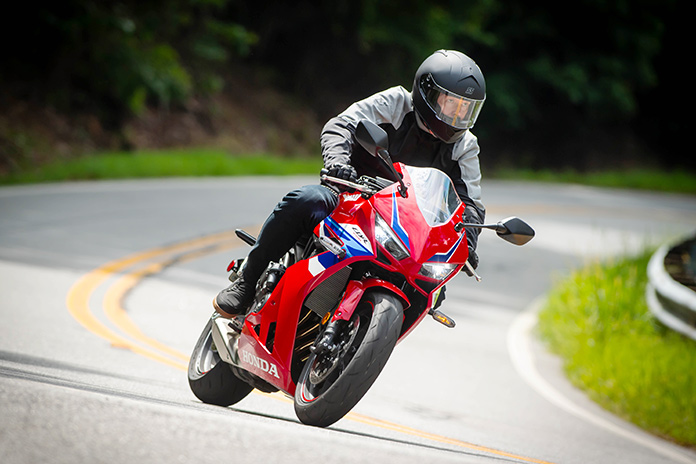
On the street, the E-Clutch operates flawlessly and presents benefits to riders across levels of experience. Newer riders will value the ease with which the E-Clutch pulls away from stops, and seasoned riders will appreciate the system in heavy traffic. The more I used the E-Clutch, the more I relied on it throughout the day. In fact, the only time I encountered issues with the system was when I switched between using the clutch lever and the E-Clutch.
As an example, if you drop the bike into 1st gear using the clutch lever, you must use the manual clutch to take off (or shift back into neutral and then drop it back into 1st with the E-Clutch). Use of the clutch lever disengages the E-Clutch for 5 seconds (or 1 second at higher rpms). The availability of the E-Clutch is shown with a dedicated light on the new 5-inch TFT display. This was also the one instance in which it was possible to stall the bike with faulty use of the clutch lever. I mixed use of the E-Clutch and clutch lever throughout the day and ultimately found it best to use one or the other rather than switching back and forth.
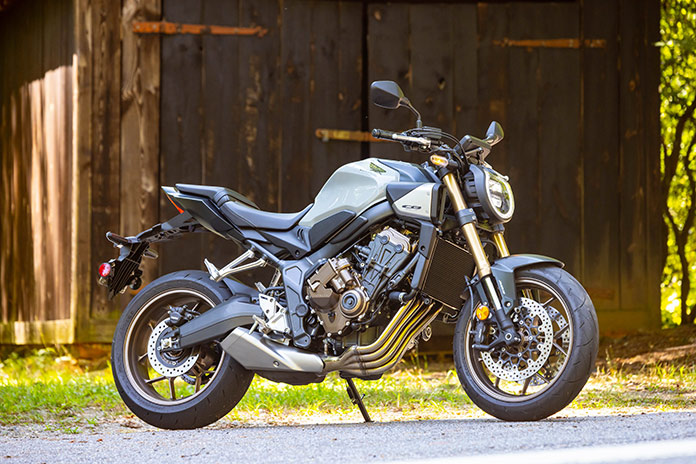
I encountered two missed shifts, once on the track and once on the street. On these occasions, the gear indicator showed a hyphen instead of a gear number, but I chalk that up to my inexperience with the system. These missed shifts may have been avoided by a more determined step or lift on the shift lever or an adjustment of the system to match my riding style – riders can select from three operational feel settings: Hard, Medium, or Soft.
In practice, I enjoyed portions of the ride with full use of the E-Clutch and other sections with use of the clutch lever. And to avoid confusion, the rider has the option of shutting the E-Clutch system off, at which point the bike functions like a conventional motorcycle.
For new riders, the allure of the E-Clutch is clear, as it makes motorcycling more approachable. Honda clearly hopes this will welcome more riders to motorcycling, especially in an era where many car drivers have never used a manual transmission, making the leap to riding a motorcycle that much more challenging. The E-Clutch assists those unfamiliar with shifting gears, which can then be followed up learning proper use of the clutch.
I’m curious how seasoned riders will receive the E-Clutch system. Like the automatic DCT, those willing to try the E-Clutch will be impressed by its refinement and ease of use. There are numerous situations in which experienced riders will welcome the E-Clutch, including a reduction of fatigue and for quick, smooth shifts. Only time will tell if riders view this as a viable alternative to a manual transmission or a DCT system. As a seasoned rider myself, I’m a believer in the benefits of this system.
Riding Impressions | 2024 Honda CB650R and CBR650R E-Clutch Review
Other than the E-Clutch, there are no radical updates for either the CB650R or CBR650R. The 649cc inline-Four DOHC engine with 4 valves per cylinder cranks out a claimed 94 hp at 12,000 rpm and 46.4 lb-ft of torque at 9,500 rpm. That inline-Four makes the CB650R and CBR650R outliers in the current class of 650s, as most competitors opt for either a parallel-Twin or a Triple.
This means the Hondas need to be ridden differently, as the performance band occurs much higher in the rev range than with a Twin or Triple. Once in that upper register, the Hondas sing and perform well, although some buzzing was felt on the above 6,000 rpm through the handlebar, pegs, and seat.
With a seat height of 31.9 inches and curb weight of 456 lb for the CB650R and 466 lb for the CBR650R, both bikes offered comfortable ergonomics for this 6-foot-1 rider. And even the reach to the clip-ons on the CBR650R is not overly aggressive, so the more sport-oriented model also allowed for extended time in the saddle without discomfort in my wrists or shoulders. Buyers will need to decide which bike best suits their needs, but each is nimble and thrilling to ride on the road.
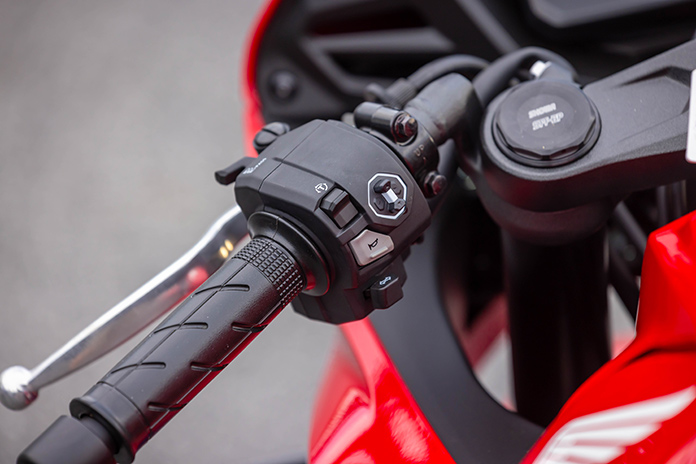
Both bikes come equipped with a new 5-inch TFT display that is bright and easy to read in sunlight or shadow. The rider can quickly navigate between functions with the updated joystick located on the left switch housing. The lighting from front to back has also been upgraded to LEDs and is eye-catching for oncoming traffic and those in the rearview.
Some modest styling enhancements have been applied, and each model is only available in one color: Pearl Smoky Gray for the CB650R and Grand Prix Red for the CBR650R. When it comes to aesthetics, the CB650R highlights its unique position in the market with a stunning set of 4-into-1 pipes that are unfortunately hidden by plastic on the fully faired CBR650R. I would consider breaking out the Sawzall to make the CBR650R a three-quarter fairing just to let those pipes see the light of day, but don’t tell Honda I said that.
Final Thoughts | 2024 Honda CB650R and CBR650R E-Clutch Review
At a price point of under $10K ($9,399 for the CB650R, $9,899 for the CBR650R) and with the cutting-edge E-Clutch technology, these bikes will be a sensible buy for an array of riders. The flexibility of the E-Clutch system cannot be overstated, and it blazes a new trail for the same company that brought riders the Hondamatics in the 1970s and ’80s and the Dual Clutch Transmission from 2010 forward.
Where the E-Clutch sets itself apart is the option for the rider to use the bike in a conventional fashion. And even when operating the E-Clutch, the rider has the flexibility to adjust the sensitivity of the system. With only a single day during which to test these bikes, I would have loved more time to adjust the settings on the E-Clutch to align the system with my riding preferences.
For those in the market for a 650cc standard or sportbike, serious consideration should be given to the CB650R and CBR650R, if for no other reason than that the E-Clutch is a valuable upgrade over a conventional clutch. It needs to be experienced to be appreciated, so I strongly urge riders to try it for themselves. Trust me, you’ll be glad you did.
Check out more new bikes in Rider’s 2024 Motorcycle Buyers Guide.
2024 Honda CB650R / CBR650R Specs
- Base Price: $9,399 / $9,899
- Website: Powersports.honda.com
- Warranty: 1 yr., unltd. miles
- Engine Type: Liquid-cooled, transvers inline-Four, DOHC w/ 4 valves per cyl.
- Displacement: 649cc
- Bore x Stroke: 67.0mm x 46.0mm
- Horsepower: 94 hp @ 12,000 rpm (factory claim)
- Torque: 46.4 lb-ft @ 9,500 rpm (factory claim)
- Transmission: 6-speed w/ Honda E-Clutch
- Final Drive: Chain
- Wheelbase: 57.0 in.
- Rake/Trail: 25.5 degrees/4.0 in.
- Seat Height: 31.9 in.
- Wet Weight: 456 lb / 466 lb
- Fuel Capacity: 4.1 gal., including 0.8-gal. reserve

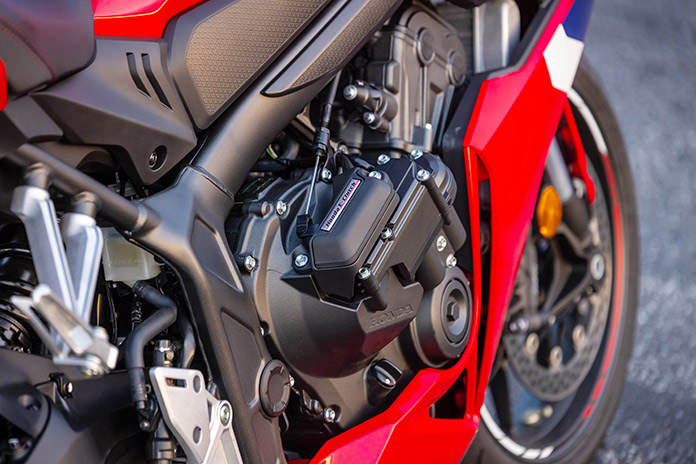

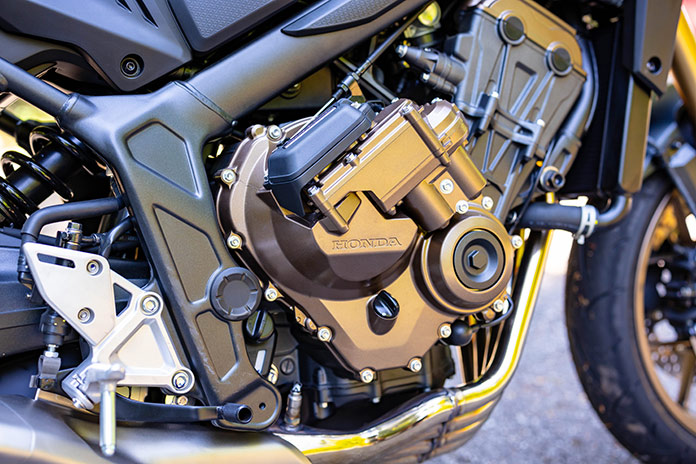
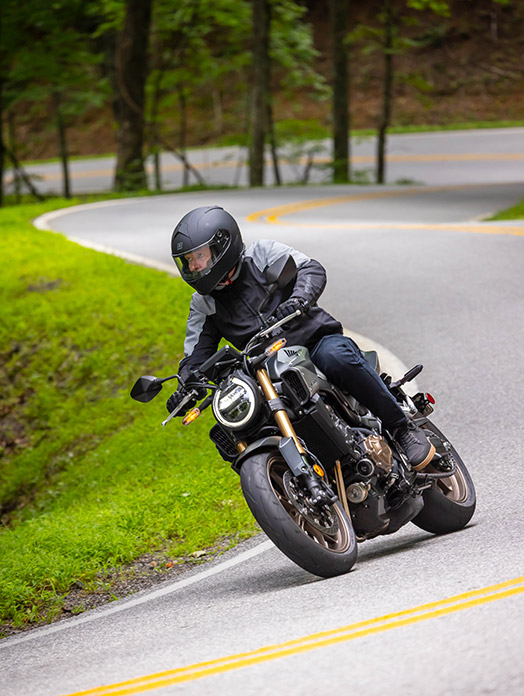

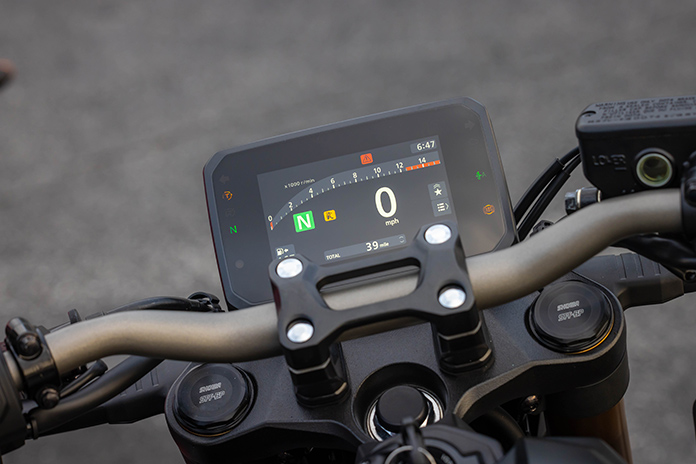
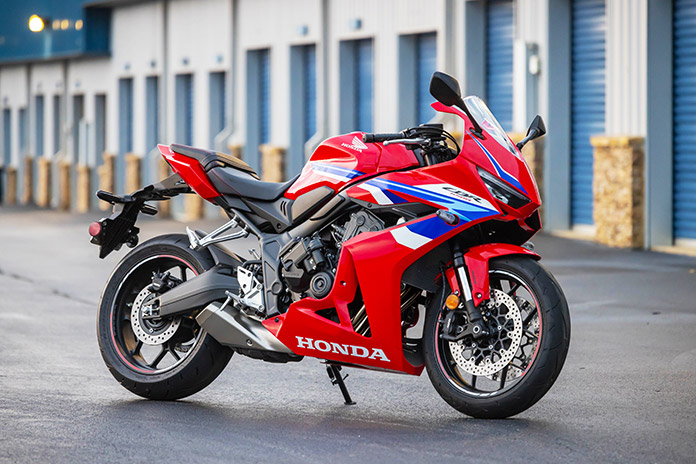
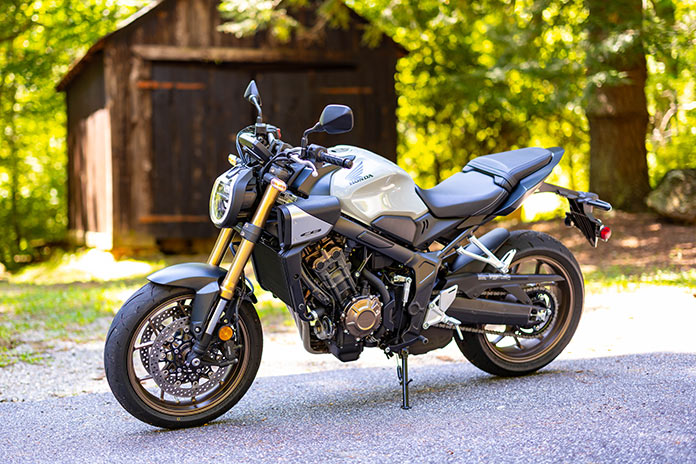
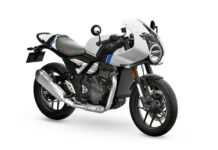

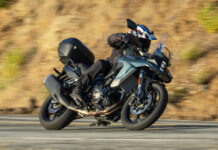
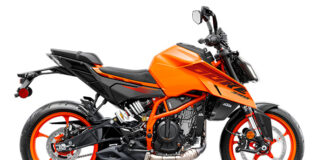

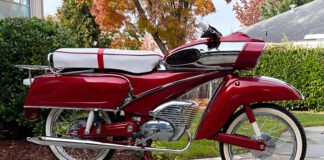

I’m curious how it worked for slow speed tight turns
Just curious. Isn’t this the same technology that was on the ’03-’09 Yamaha FJR 1300? I had one, & other than the addition of the hand clutch option, they seem to function the same.
I’ve been riding almost 50 years and in all that time I don’t recall ever knowing another human being who wished for a bike with an automatic transmission. Just sayin’……
Honda’s probably smarter than I am though.
I want to buy the CBR. I really do. A 650 would be perfect for me at this stage of my life.
However…
There is two problems standing in the way of me writing the check…
1. Only ONE color choice? This isn’t a Model T I’m paying cash for. I would expect three choices. At least three.
2. That E-Clutch thing? Is there any way we could…uh…kinda “lose” it somewhere along the assembly line?
I know how to ride. I know how to race. I like to have full control of my motorcycle at ALL times. I do not need, or want, that stuff on any motorcycle I ride.
If you think the E-clutch forces you to ride this bike like an automatic then you don’t understand it. Any time you pull the clutch lever you disable the E-clutch for 1-5 seconds. Or you can just manually switch it off. In either case driving the bike is then indistinguishable from a conventional tranny. BUT if you get stuck in stop and go city traffic you can let the E-clutch take over and save your left hand. Even from a dead stop.